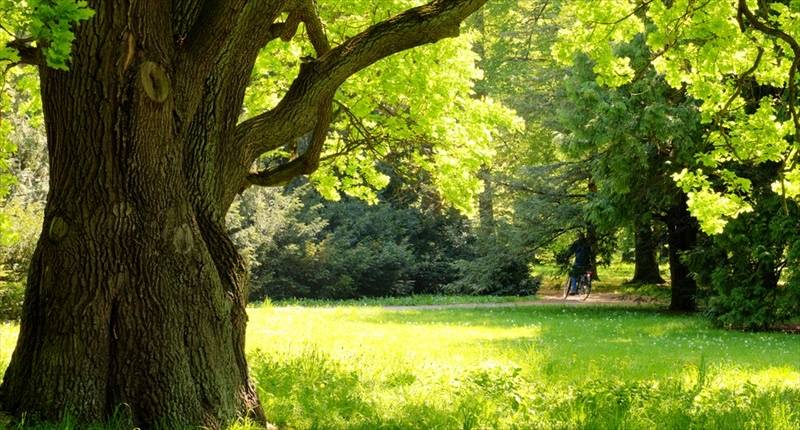It is said that, ‘What goes around comes around’, and in the matter of ecology, this is always the case. Through our anthropocene pursuits, we humans have forgotten that nature is intricate, and delicately balanced. The slightest changes in weather, temperature or soil alters the entire system. The north-east of the globe has already witnessed a 0.8 degree increase in temperature. Small as it may seem, it has a great magnitude of changes in the ecological world. Weather pattern changes the world over are testament to that. If the butterfly effect falls true - when a small change in a non- linear system can result in a profound impact - then what we have done to earth is poignant.
Scientists have discovered through studies of fossils of ancient soil sediments that the migration of world forests has slowed down exponentially compared to what should be occurring naturally, and tree lines are in fact reversing further and further back. Yet humans suffer from something called ‘plant blindness’ whereby they dismiss plants and trees as inert. What must be realised is that these are sentient beings that do more than simply provide for us. They are ‘autotrophs’ meaning organisms that are entirely self-sustaining (unlike us humans and other animals who are dependent on other beings for survival – heterotrophs). At the same time, the green world has been romantically poetic in its development.
Plants formed from single cells, like all beings, to become complex multi-cellular organisms that provide for everything and everyone. Their consumption of something as simple as the sun’s rays, allows them to create sugars and starches for their own survival. Yet, as a by-product of this photosynthesis they create the most important component to the earth’s atmosphere, oxygen, and consume the harmful compound, carbon dioxide. They continually guzzle water by their roots, but (unlike mammals who absorb water into the bloodstream) return it back, unsullied and purer, back into the atmosphere, from whence we gain our annual and timely rainfall, that is our fresh drinking water. Lacking the ability to run or hide, they have still created the ability to protect themselves from threats through poisons and repellents. They have mastered their reproduction by painting themselves with bright colours, perfumed and armed with sweet nectar, so that the birds and bees may transport seedlings and continue plant genetic evolution. Yet, the most attractive feature? Something you will only find in fictional novels; their immortality. Plants possess continuous cell growth that is at the tip of their roots, to the tips of their branches, by which they elongate themselves. The world’s oldest living tree is about 9550 years old, with a colony of trees called Pando (Latin for ‘I spread’) estimated to be about 80,000 to 1000,000 years old.
It does not stop there; the aspirin that alleviates your aches and pains is derived from the white willow tree. Research has indicated that the presence of nature, relieves stress and betters the immune system that then prevents tumours and other diseases in humans. The decomposition of leaves etc, leeches back into the soil to fertilise it, these nutrients in turn reach the ocean which plankton thrives on and thus the ecosystems of the oceans. Where trees have been restored near shorelines, oysters and fish stocks have flourished; they can re fertilise dead zones where excess nitrogen has killed the soil; they produce aerosols that regulate the climate, and provide as a heat shield from rising temperatures. They hold the ground together in the event of a land slide or minor earthquake and house a million species of birds, insects and mammals. Yet our studies of forests are still not enough, and it is embarrassing how much we do not know.
Many of us attempt to battle global changes by making more changes, such as planting more trees hoping that will resolve the problem. Ironically, humans probed into the natural world to create their own world, but now we must probe into the natural world to make it natural again. Is that then ‘natural’? If Imran Khan’s billion tree tsunami, or the Punjab government’s attempts to plant more trees seems like a steady solution, it is far from it – despite the approval of WWF or the UN. Studies need to be undertaken as to what trees thrive naturally and where. How do they balance the ecology of the differing topography? When should we be allowed to manage the system, and when should we stay away? Foresters need to be brought in and a study of the natural history needs to be undertaken within Pakistan. How do the forests grow? What plants suit other animals there? Will invasive species triumph over the native ones? Do native plants still flourish in the changing environment or do they extirpate? Blindly planting hectares of land with a single solid breed of saplings, especially those that were genetically bred by humans, will have its own impacts, and is not necessarily something worthy of applause.
The writer is a graduate student at New York University (NYU).






